What are Varicose Veins?
Varicose veins are presented with dilatations in the peripheral veins, which happens more often to women than to men. The exact etiological factors for this condition are still unknown, although there are some that contribute to its occurrence. Varicose veins have a lot less collagen; therefore, they are much less elastic and prone to dilatations.
The second reason is a hereditary condition in which vein walls are weak and cannot perform their function well. In this type, additional factors are age, gender, professional occupation, etc.

Problems that varicose veins create for women are also esthetic, but the main problem is unfortunately pain, with different intensities for each patient. Pain is usually located above the varicose vein or it can travel along the entire extremity that has varicose veins. Pain is described as blunt, and it increases if the patient stands still in one position for a long period of time.
Sometimes, night leg cramps are present, especially if there was some physical activity during the day. Swelling is there, too, and it can also happen at night. For women, problems might get more difficult during the menstrual period, which is connected with the influence that hormones have on the veins.
Treatment Methods
There are several different methods for dealing with varicose veins, depending on the condition of the veins. The most common method refers to the use of elastic compression bandages. They help a lot and reduce a lot of complications that occur because of varicose veins.
- We conducted a retrospective claims database study using data from the Truven Health MarketScan database.
- A total of 144,098 patients met the study criteria. Of these patients, 100,072 (69.5%) were under surveillance for disease progression and/or received compression therapy; 14,007 (9.7%) received laser ablation; 9125 (6.3%) received radiofrequency ablation; 4778 (3.3%) received sclerotherapy; 4851 (3.4%) had surgery; and 11,265 (7.8%) received multiple therapies.
- During the 2-year follow-up period, among patients receiving interventional treatment, 54.7% of patients received additional interventional treatment (either with the same mode or a different mode from the initial treatment); 30.1% had >1 postintervention claim for symptomatic varicose veins (not including additional procedures) at 8 weeks; and 44.2% had >1 postintervention claim for symptomatic varicose veins at 1 year after the initial interventional therapy.
- Sex, age, and comorbidity burden may affect the choice of conservative versus active treatment management.
If a doctor decides that bandages are not helping, surgery is recommended. This procedure is usually very safe, but it might have some complications. The primary goal of the surgery is a complete restoration of the varicose veins, elimination of the symptoms, and prevention of skin issues that can occur as a consequence of having varicose veins.
There are several types of surgery. One is the ligature of the vena saphena magna, right beneath the confluence into the femoral vein. Another type is the stripping of vena saphena magna, but there is also extirpation of the varicose veins, which is used when the affected part of the vein simply cannot be saved, so it is cut out.
Common Complications
The most common postoperative complication is hemorrhagia, which can start during the surgery since the vein walls are very fragile. During the stripping of the vena saphena magna, lesions of lymphatic vessels might occur, and this ends with lymphatic edema after the surgery.
Nerve lesions are also possible, especially nerves that run along the vein and the sign of this is numbness in certain areas after the procedure. Other complications are thrombosis, embolic issues, infections, etc.
- www.nhs.uk/conditions/varicose-veins/treatment/
- www.nhs.uk/conditions/varicose-veins/complications/
- Photo courtesy of Marco Verch Professional Photographer by Flickr: www.flickr.com/photos/30478819@N08/51198808581



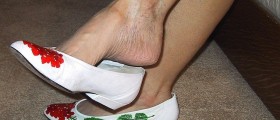

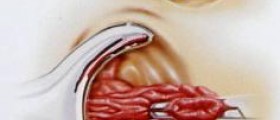




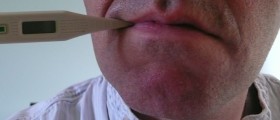


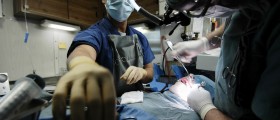

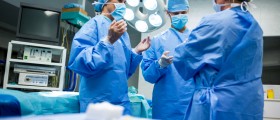

Your thoughts on this
Loading...